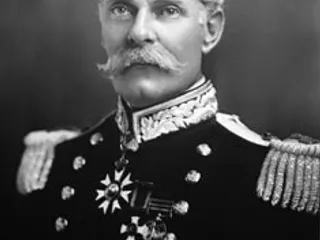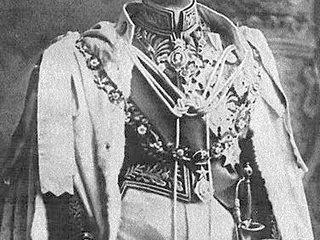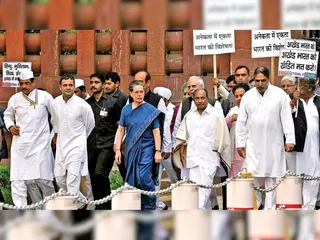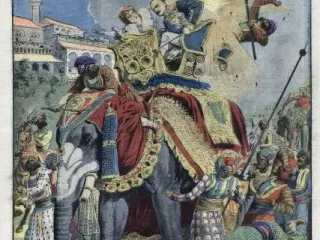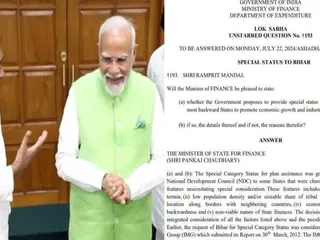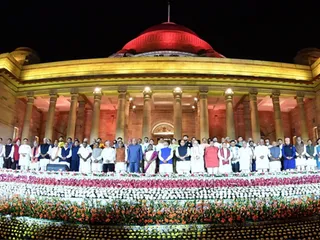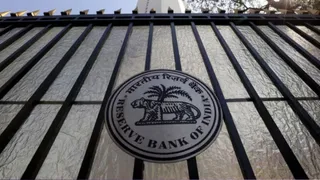George Nathaniel Curzon, 1st Marquess Curzon of Kedleston (1859-1925), remains a controversial yet undeniably significant figure in the history of British India. His tenure as Viceroy of India (1899-1905) was marked by ambitious reforms, significant infrastructure projects, and ultimately, considerable political upheaval.
Early Life and Career
Born into an aristocratic family, Curzon received a prestigious education at Eton and Oxford, demonstrating exceptional academic prowess. His early career involved entering Parliament as a Conservative MP and serving in various government roles, showcasing his political acumen and ambition.
Viceroyalty of India
Curzon's appointment as Viceroy of India marked a pivotal moment. He arrived with a clear vision for modernizing and strengthening British rule. His administration saw significant advancements in several key areas:
- Administrative Reforms: Curzon implemented significant administrative reforms, aiming for greater efficiency and control within the Indian Civil Service. He also established several new departments and commissions.
- Infrastructure Development: His focus on infrastructure development is evident in the expansion of railways, irrigation systems, and the establishment of new educational institutions. These projects aimed to improve the economic and social fabric of India.
- Foreign Policy: Curzon's assertive foreign policy extended British influence across the northern frontiers of India, particularly in Afghanistan and Tibet, though these actions sometimes led to increased tension.
- Archaeological Survey of India: He championed the preservation of Indian antiquities and boosted funding for the Archaeological Survey of India, resulting in notable advancements in archaeological research and preservation.
Controversies and Legacy
Despite his achievements, Curzon's viceroyalty was not without its controversies. His autocratic style and perceived insensitivity to Indian sentiments led to widespread discontent. The most significant of these controversies was the Partition of Bengal in 1905, intended to improve administrative efficiency but sparking widespread protests and ultimately contributing to the rise of Indian nationalism.
After his resignation as Viceroy, Curzon remained a prominent figure in British politics, serving in various capacities within the Conservative government. His legacy remains complex and multifaceted. While his administrative reforms and infrastructure projects undeniably left a mark on India, his authoritarian approach and the Partition of Bengal ultimately fuelled the growing movement for Indian independence. His contributions, both positive and negative, continue to shape discussions about British rule in India.
Further research into Curzon's life and work can provide a more nuanced understanding of his complicated legacy. His writings and biographies offer valuable insights into his perspectives and the complexities of governing British India during a period of significant change.







